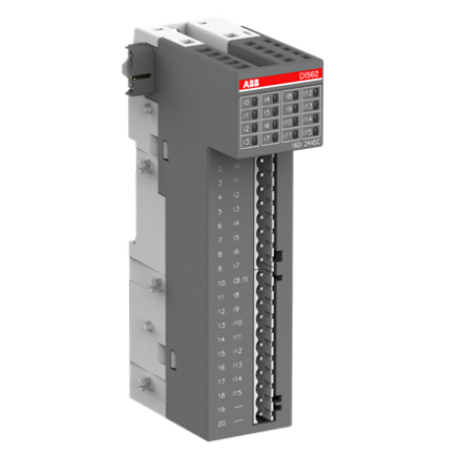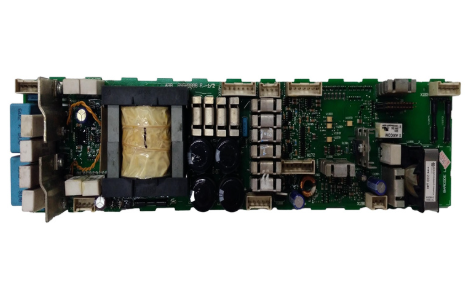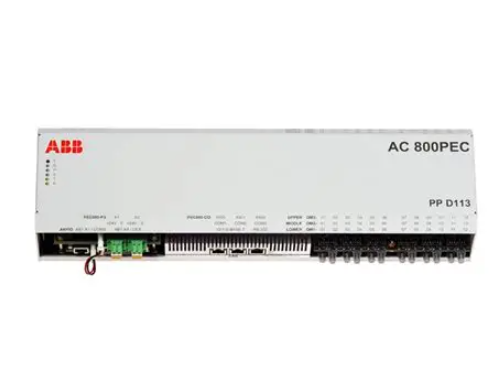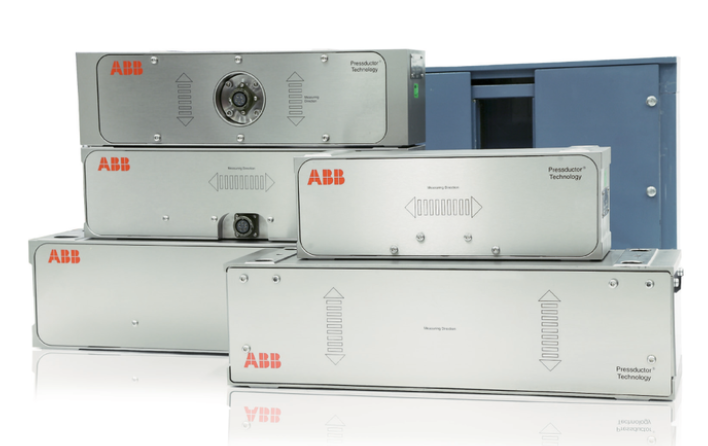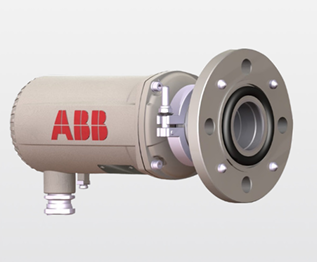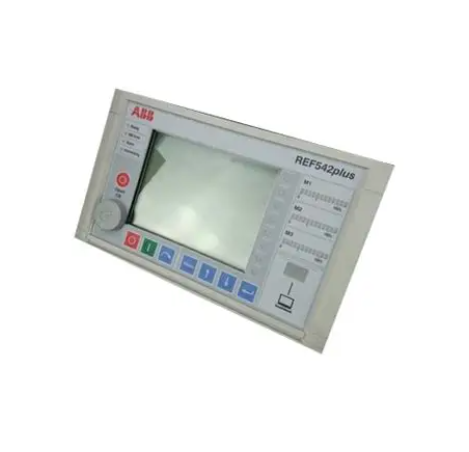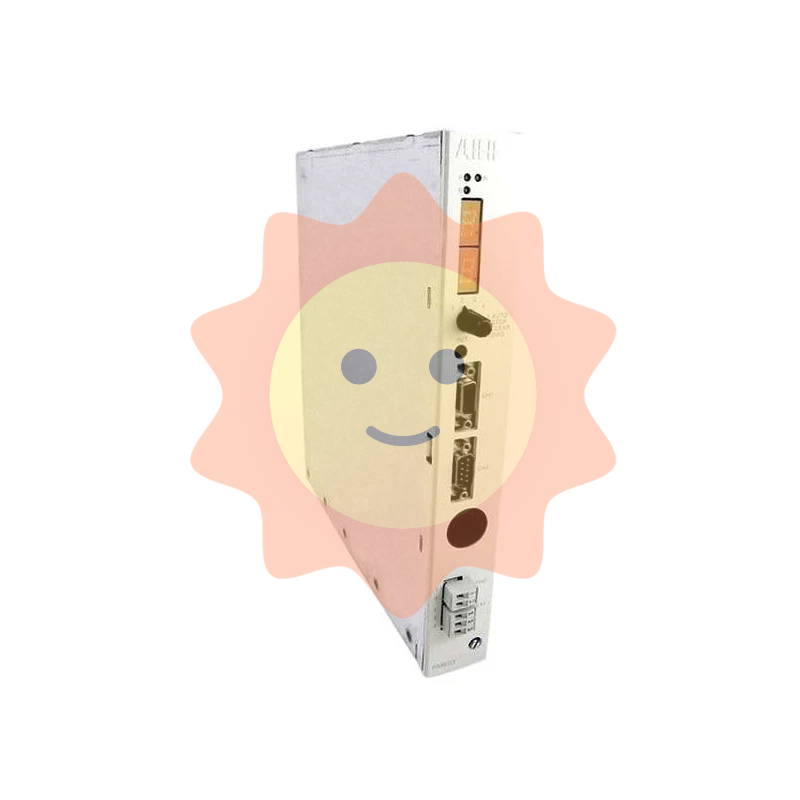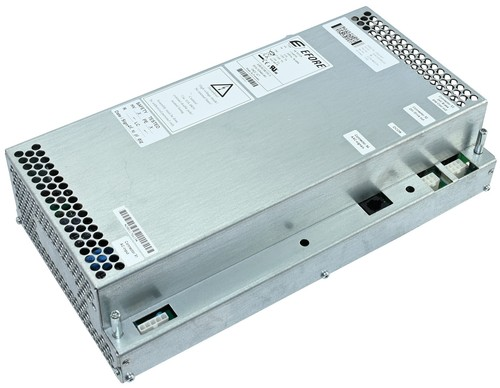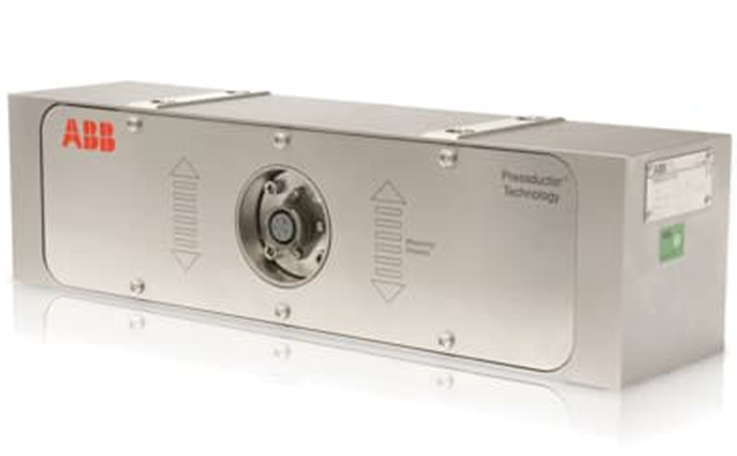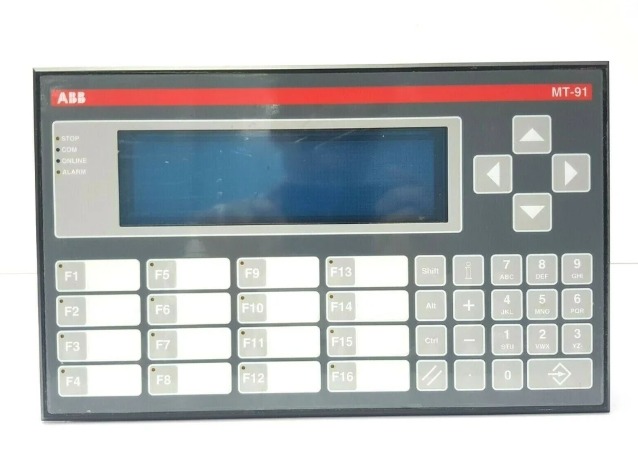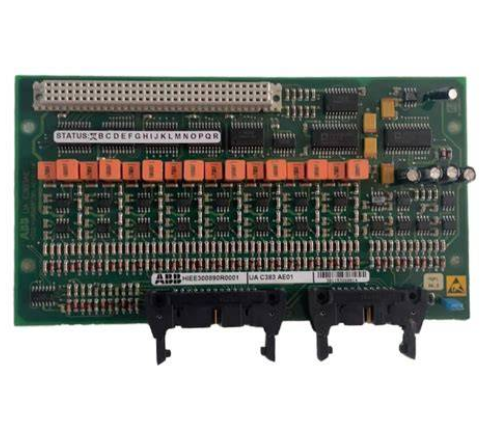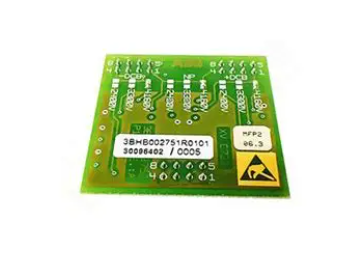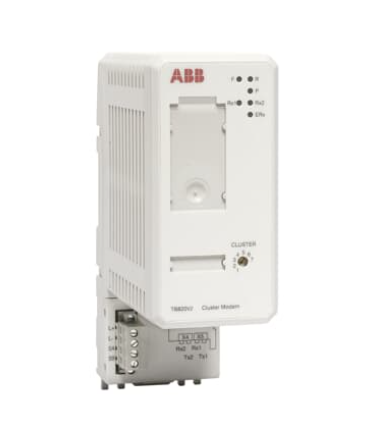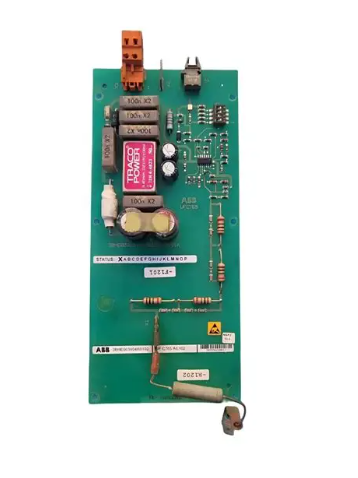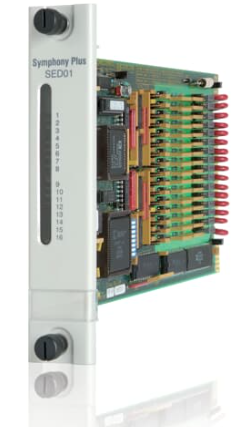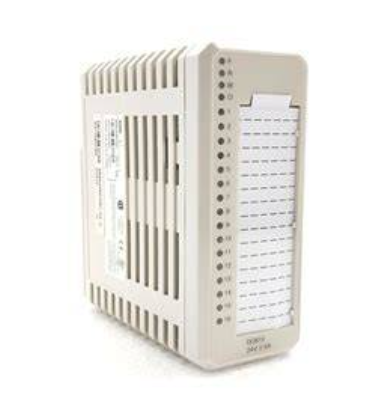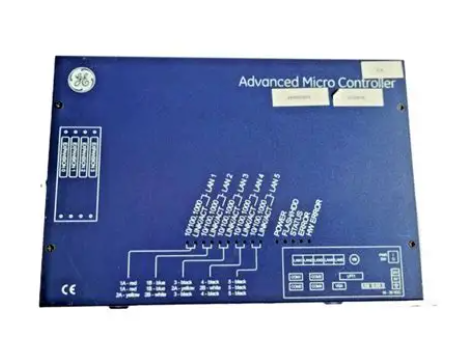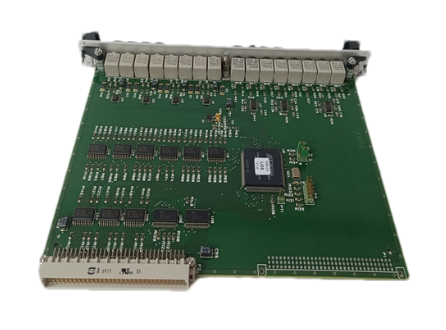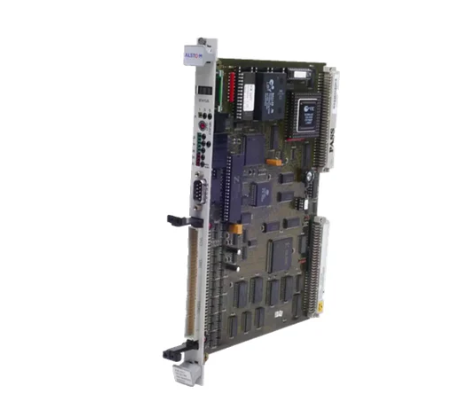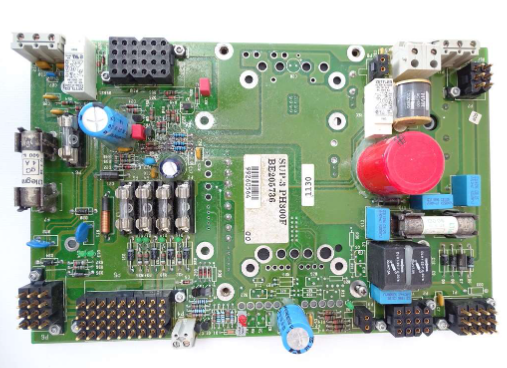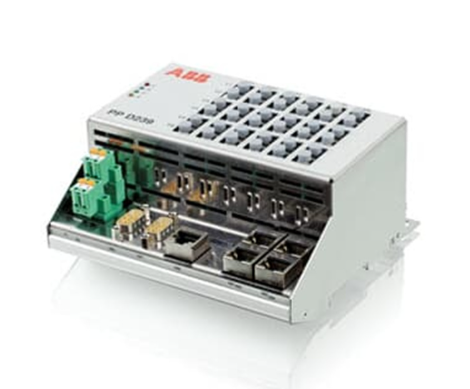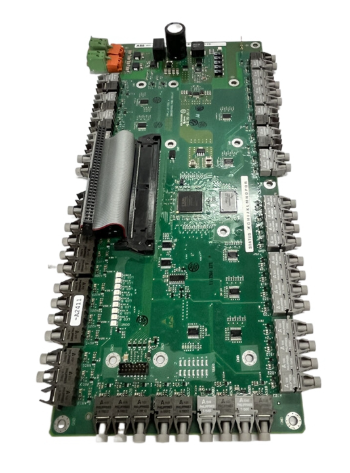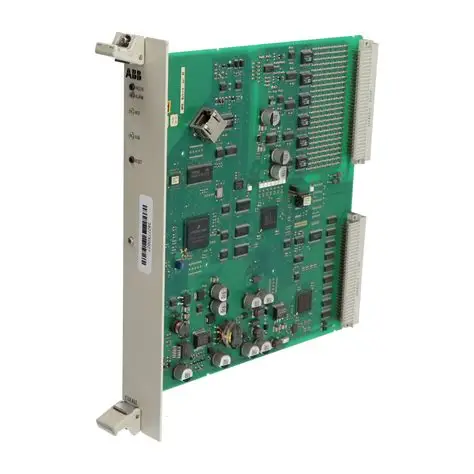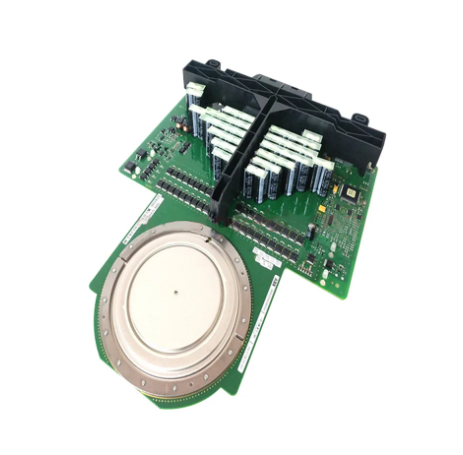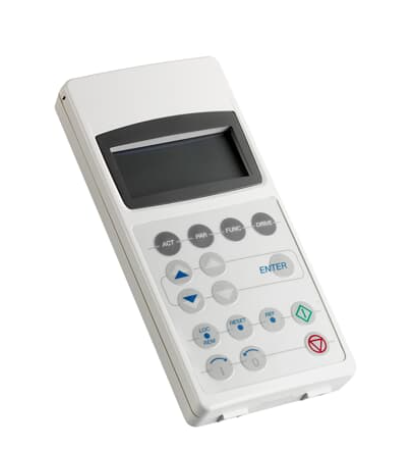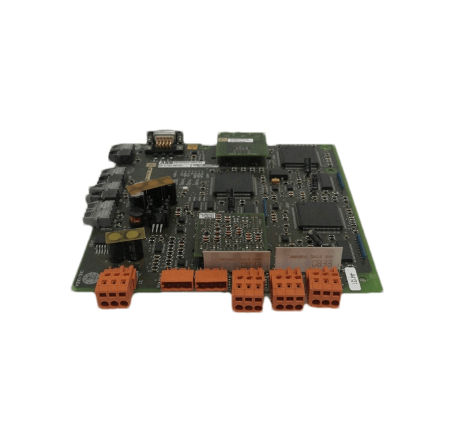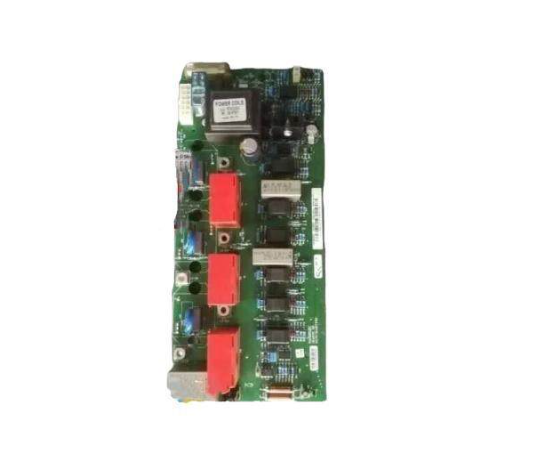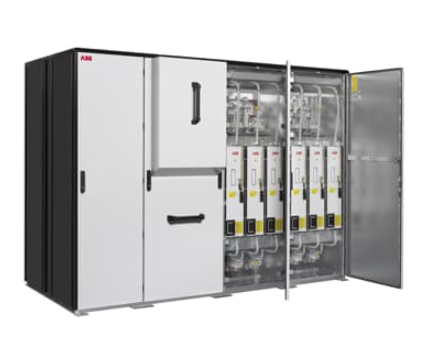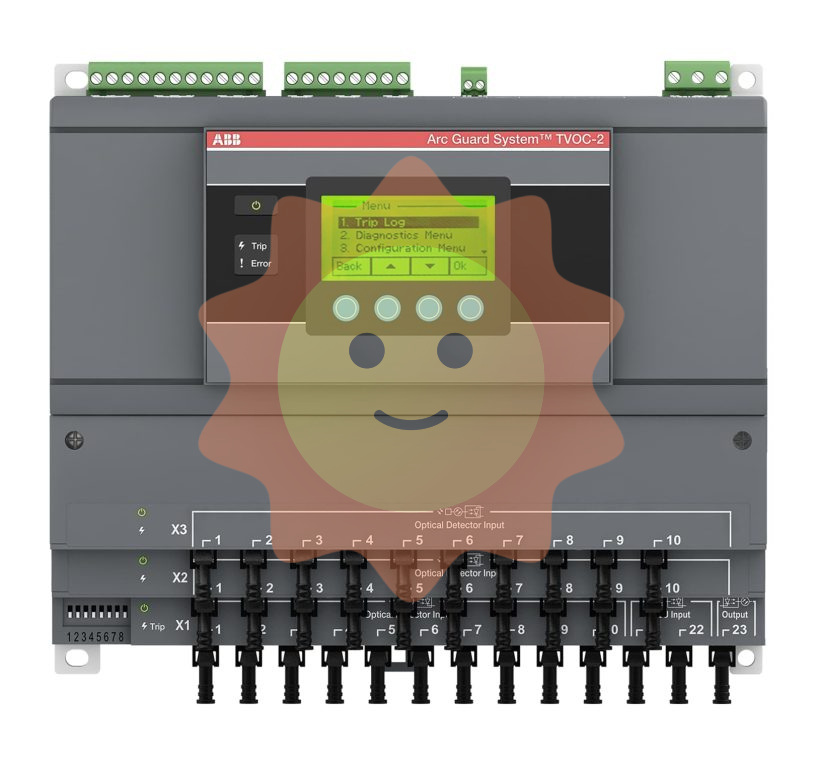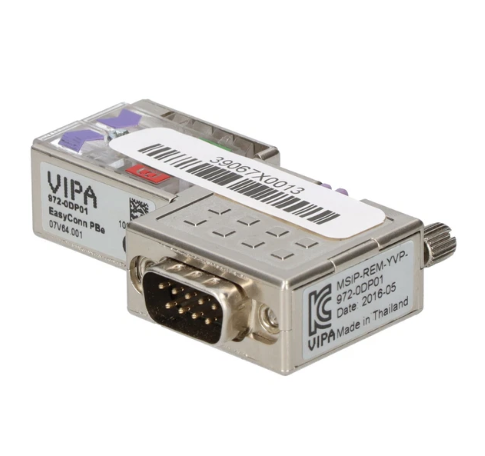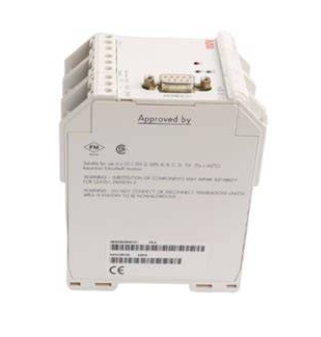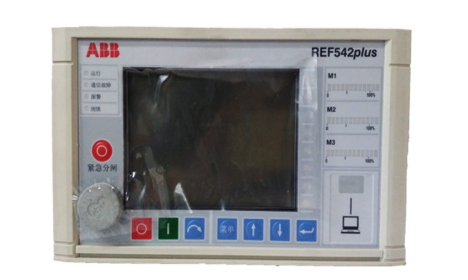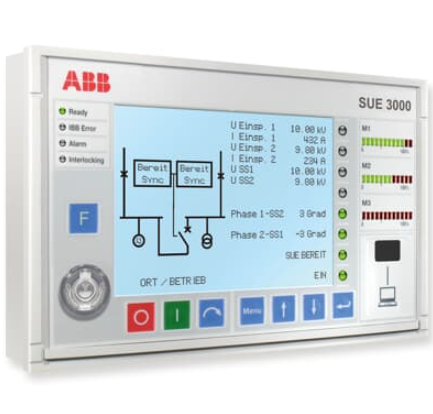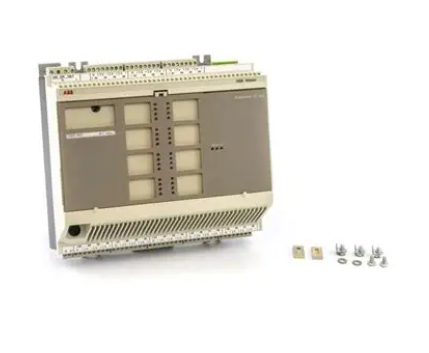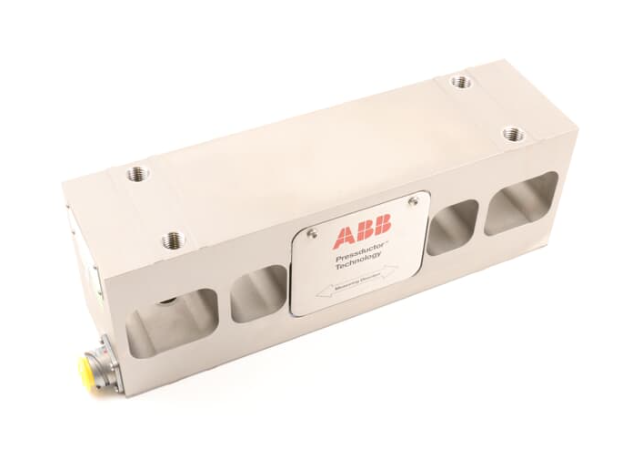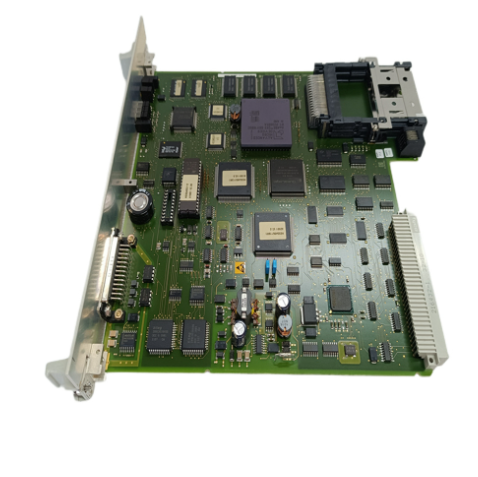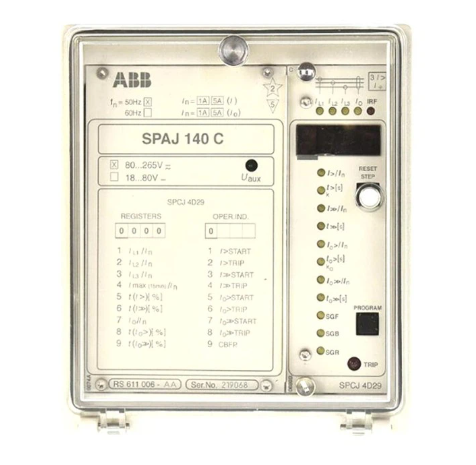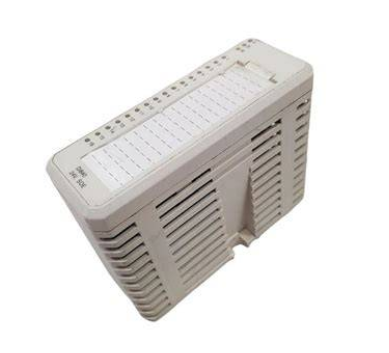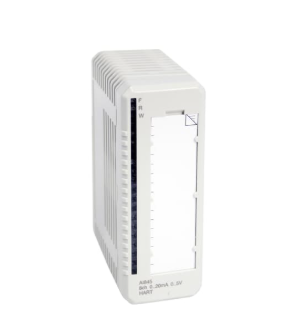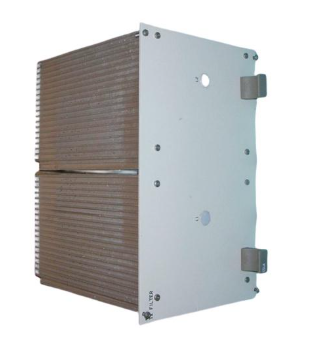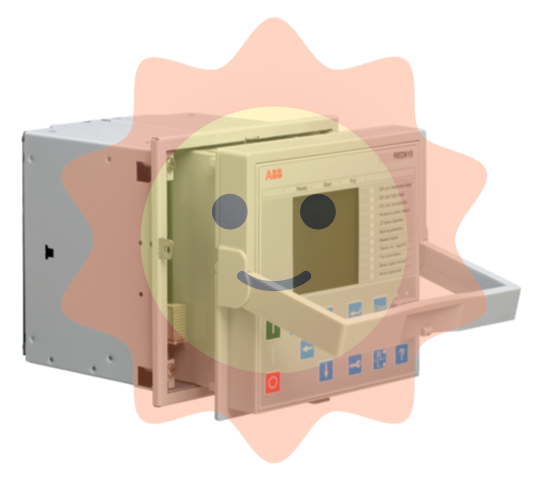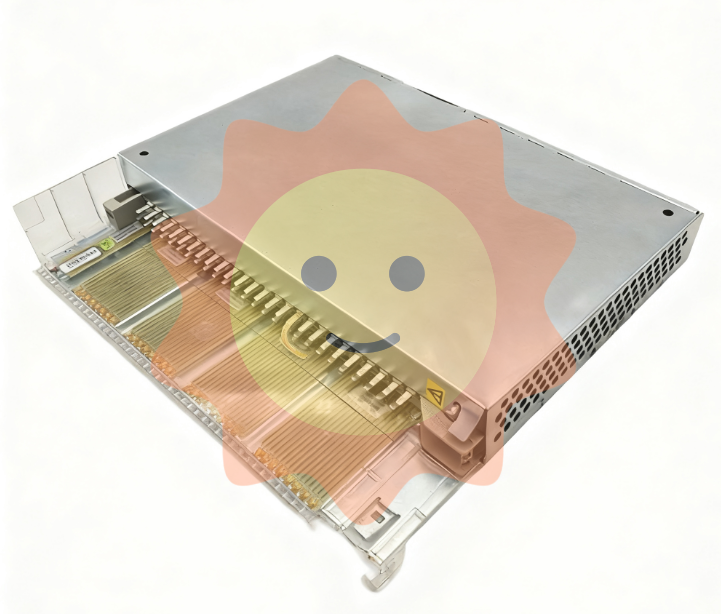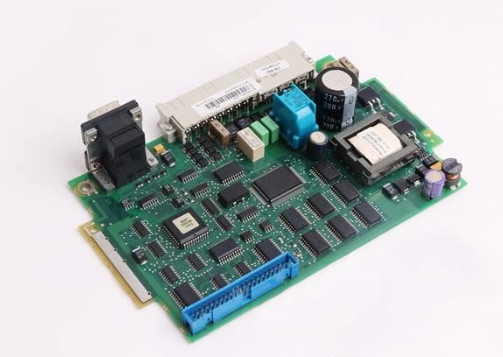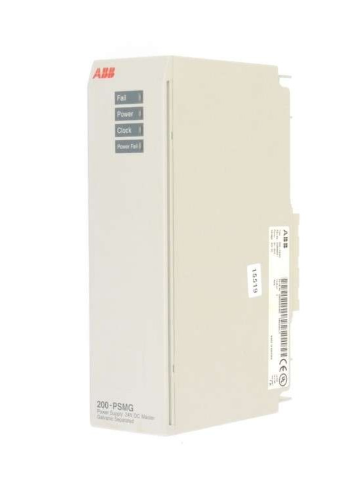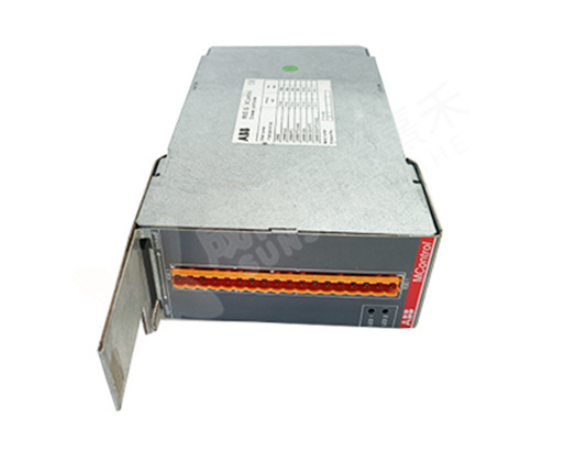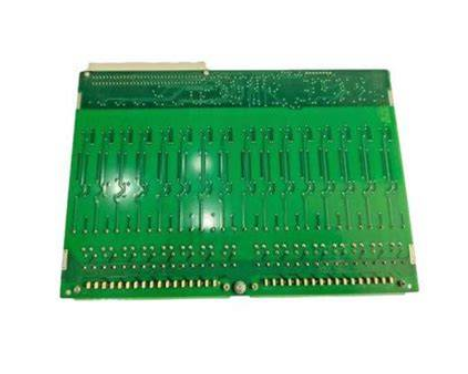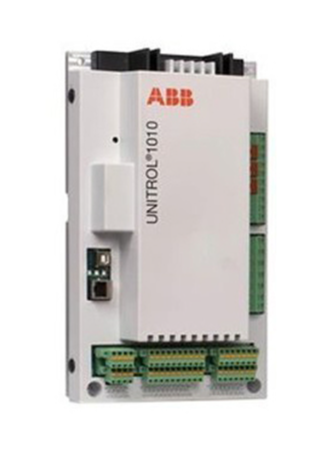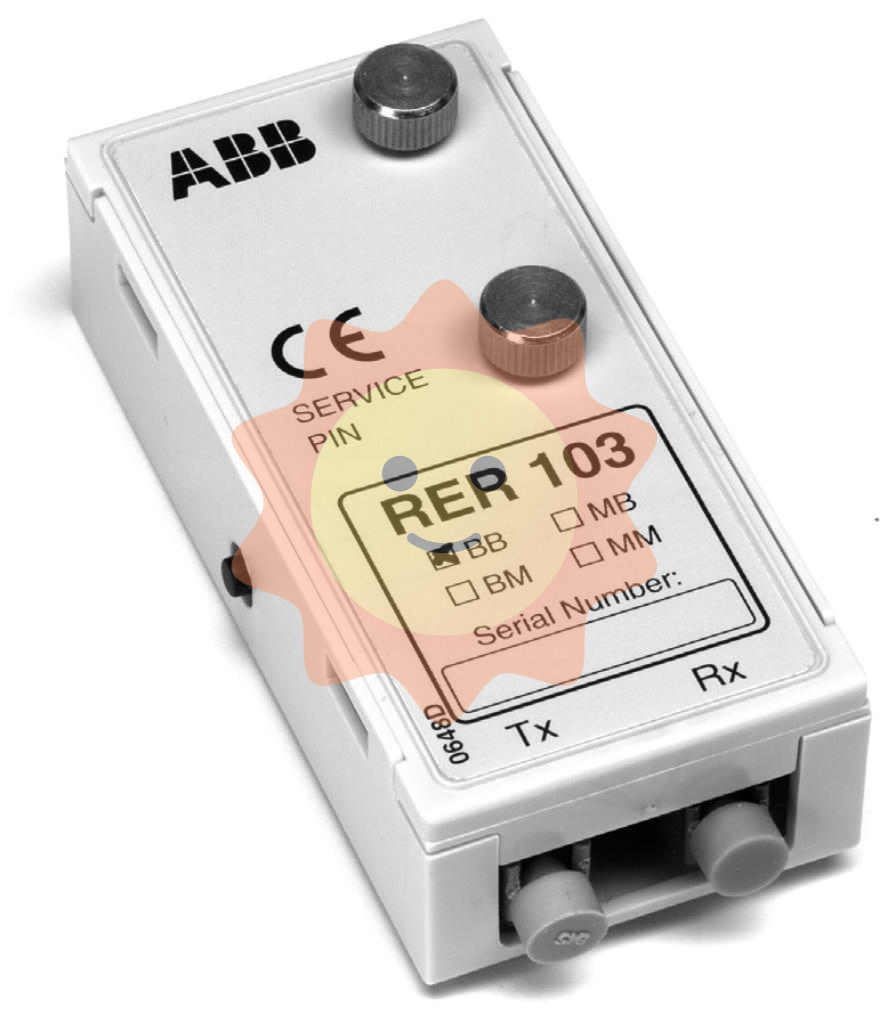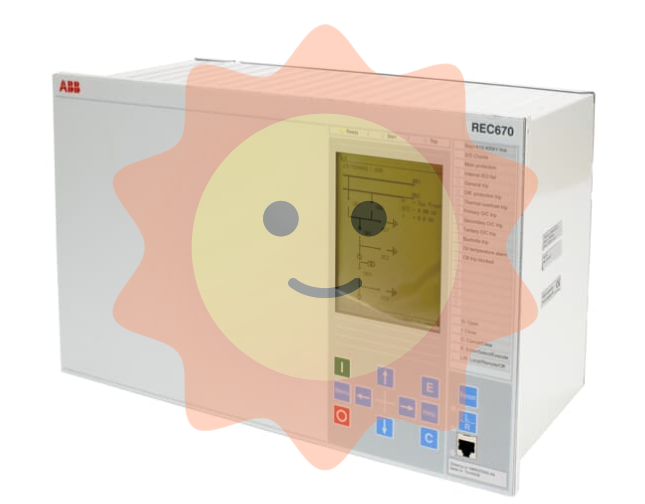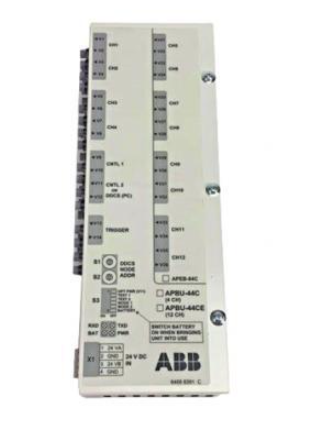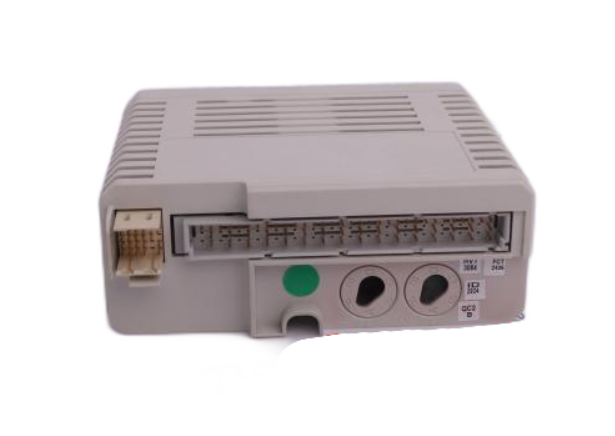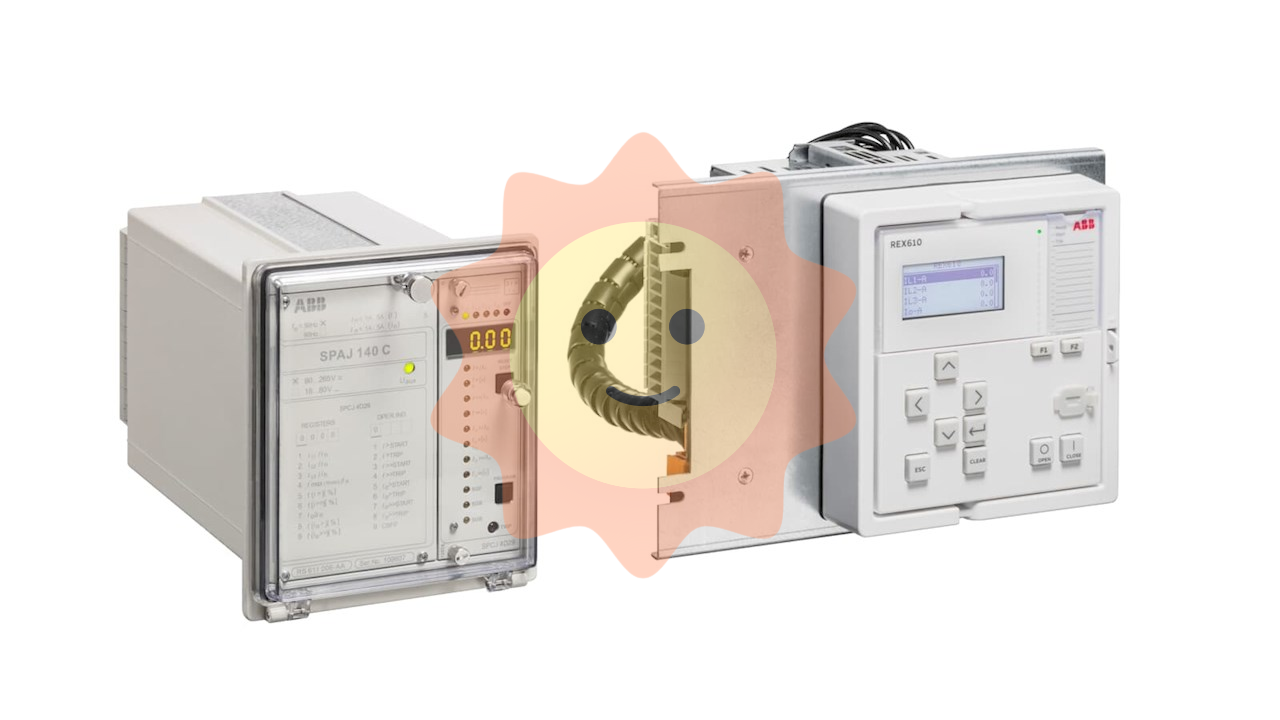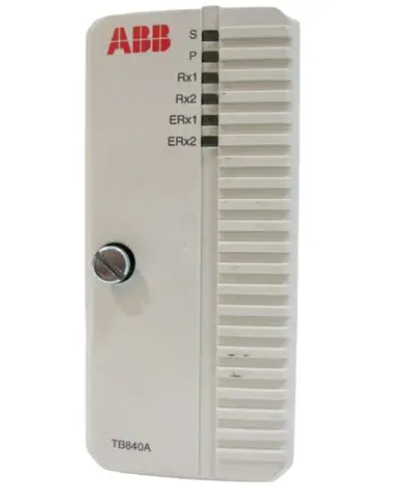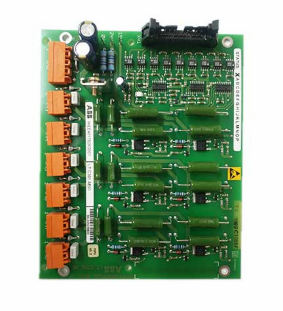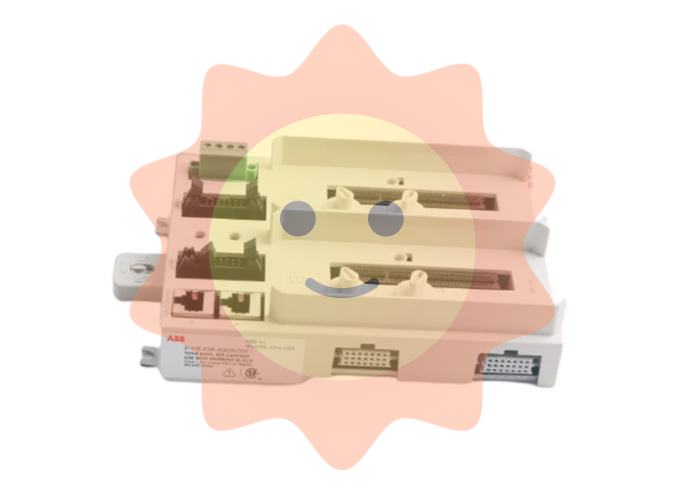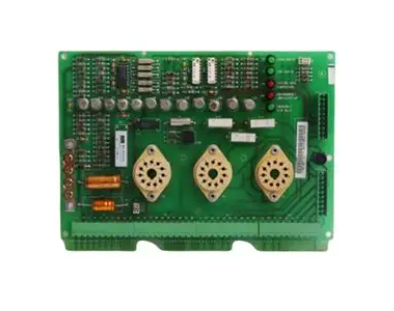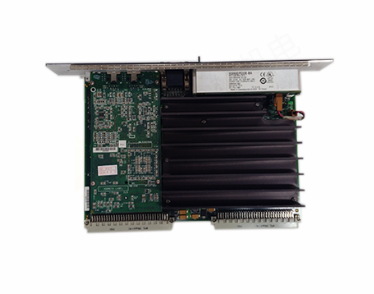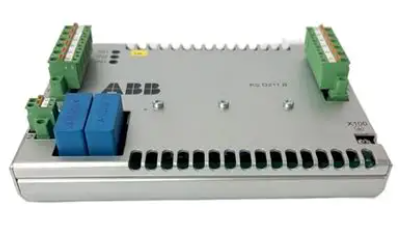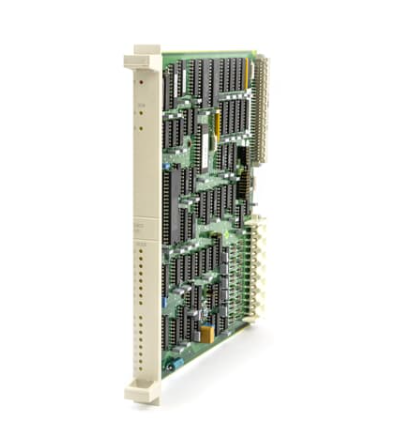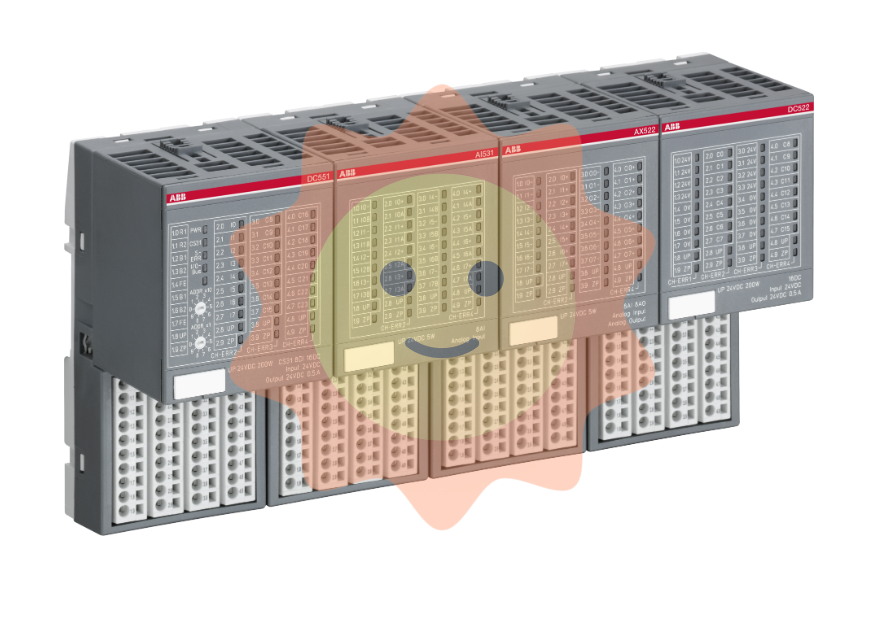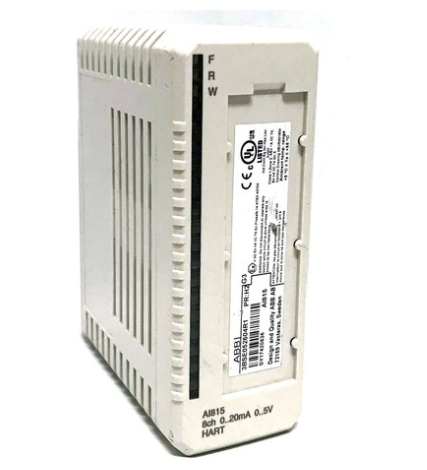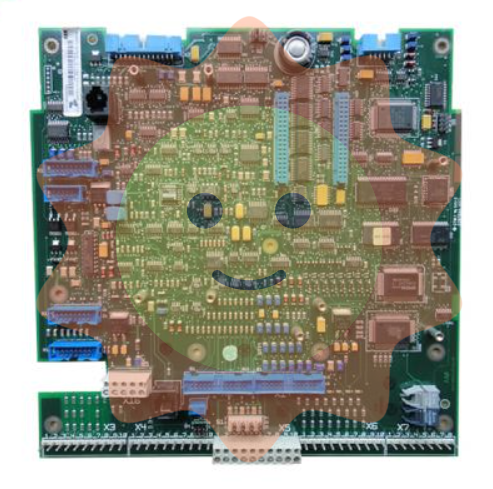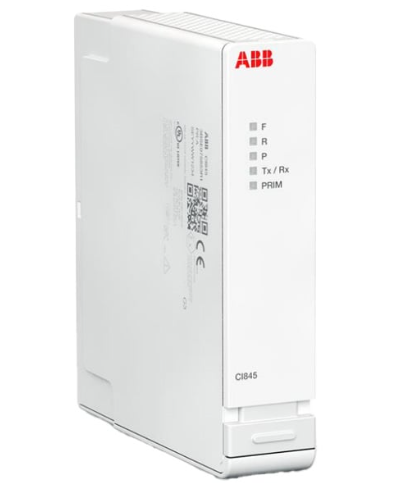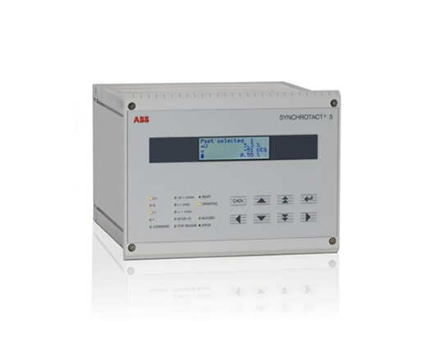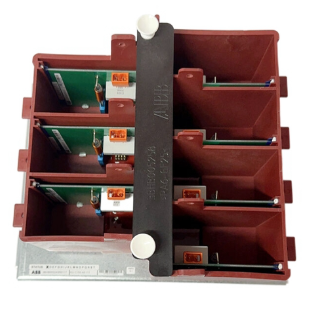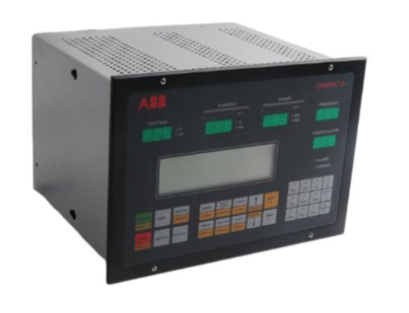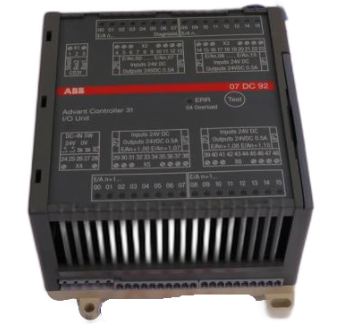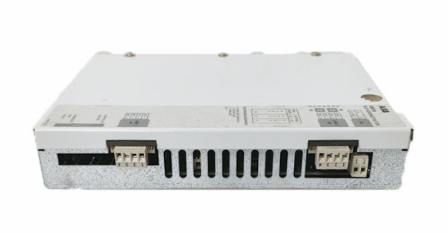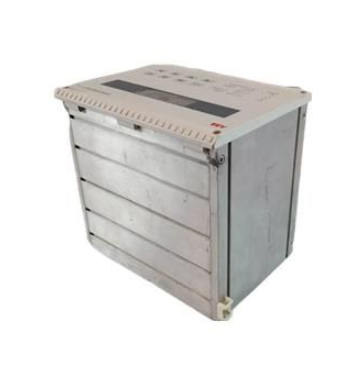Welcome to the Industrial Automation website!
Product
Article
NameDescriptionContent
当前位置:
ABB IMFEC11/12 Analog Input Module
The IMFEC12 High Level Analog Input (FEC) module inputs 15 channels of analog signals only to the multifunction processor(MFP) or multifunction controller (MFC) module.
The IMFEC11 High Level Analog Input (FEC) module inputs 15 channels of analog or frequency shift keyed (FSK) digital signals to the MFP or MFC module. The IMFEC11 module performs all the functions of the IMFEC12 module and also provides communication with the Bailey-Fischer & Porter line of FSK digital smart transmitters and other smart devices in afield bus or point to point configuration
The IMFEC11 High Level Analog Input (FEC) module inputs 15 channels of analog or frequency shift keyed (FSK) digital signals to the MFP or MFC module. The IMFEC11 module performs all the functions of the IMFEC12 module and also provides communication with the Bailey-Fischer & Porter line of FSK digital smart transmitters and other smart devices in afield bus or point to point configuration
ABB IMFEC11/12 Analog Input Module
OVERVIEW
The IMFEC12 High Level Analog Input (FEC) module inputs 15 channels of analog signals only to the multifunction processor(MFP) or multifunction controller (MFC) module.
The IMFEC11 High Level Analog Input (FEC) module inputs 15 channels of analog or frequency shift keyed (FSK) digital signals to the MFP or MFC module. The IMFEC11 module performs all the functions of the IMFEC12 module and also provides communication with the Bailey-Fischer & Porter line of FSK digital smart transmitters and other smart devices in afield bus or point to point configuration
INTENDED USER
Installation and application personnel should have a solid background in electronic instrumentation and process control.
They should be familiar with proper grounding and safety procedures for electronic instrumentation. Operators should have a knowledge of the process and should read and understand this instruction before placing the module in operation.
HARDWARE DESCRIPTION
The FEC module is an intelligent module, with on-board micro processor, memory, analog-to-digital converter and communi cation circuitry.
The module is a single printed circuit board that occupies one slot in a module mounting unit (MMU).
Two captive latches on the module faceplate secure it to the module mounting unit.
The module has three card edge connectors for external signals(transmitter inputs and communication), system communica tion (I/O expander bus) and power.
The module receives input through a cable connection to a termination unit (TU) or termi
nation module (TM). Wiring from the field devices connect to terminal blocks on the termination unit or termination module.
The IMFEC11 circuit board has 18 jumpers;three jumpers that allow selecting the mode of operation and communication(J2, J3 and J4) and 15 jumpers that select voltage/current input (J6 through J20). A dipswitch setting (S1) holds the I/O expander bus address of the module
HARDWARE APPLICATION
The FEC module interfaces analog and digital signals from field devices to the MFP or MFC module. The IMFEC11 module can interface Bailey-Fischer & Porter FSK smart transmitters and other smart devices.
The IMFEC12 is for use with conventional transmitters (BC, EQ and PT) and standard analog inputs.
The IMFEC11 module can operate in one of two modes: FSK field bus mode or FSK analog point-to-point mode. In the FSK field bus mode, a single two-wire input (bus) links a maximum of 15 FSK smart transmitters.
All inputs (process data and module to transmitter communication) are in the frequency
shift keyed format and share the field bus.
Refer to the NTFB01 Field Bus Termination Unit instruction for specific limitations on field bus communications.
All field devices must be Bailey-Fischer & Porter when using this mode In the FSK analog point-to-point mode, the IMFEC11 module can interface up to 15 discrete analog process inputs from FSK
smart devices and communicate (digitally) with those devices.
Additionally, the IMFEC11 module can interface a mixture of conventional transmitters and other external analog inputs while operating in this mode.
These devices can input only process data to the FEC module; they cannot communicate to the
module. In point-to-point operation, each device is individually wired to the analog input termination unit or module.
FEATURES
The design of the FEC module, as with all INFI 90 OPEN modules, allows for flexibility in creating a process managementsystem.
The module supports Bailey-Fischer & Porter FSK digital smart transmitters and other smart devices, conventional transmitters and standard voltage or current inputs.
The FSK digital capability (IMFEC11) eliminates conversion errors and increases process control accuracy.
Access is always available to the real time process status. In the field bus mode, all information (including the process variable) is trans mitted digitally between the FEC module and the field devices.
The FEC module stores process data, control commands and transmitter configuration data in memory.
It works to restore communication with a transmitter if a communication failure occurs.
Upon restoring communication with a failed transmit ter, the FEC module checks the transmitter configuration before the control module (MFP/MFC) resumes updating the process control
INTRODUCTION
This section explains the operation of the IMFEC1 Analog Input Module (FEC). The module does two major tasks.
It pro vides an interface by which the controlling module (multifunc tion processor or multifunction controller module (MFP/MFC))can input analog process data from external devices or smart
transmitters. It also serves as a communication link between the INFI 90 OPEN control system and field devices.
The IMFEC12 module accepts inputs from conventional trans mitters (BC, EQ and PT) and standard analog inputs of 4 to 20 milliamps, 1 to 5 VDC, 0 to 1 VDC, 0 to 5 VDC, 0 to 10 VDC and -10 to +10 VDC. The IMFEC11 has all the functionality of the IMFEC12 module but also provides FSK communications for interface to Bailey-Fischer & Porter smart transmitters and other smart devices.
- EMERSON
- Honeywell
- CTI
- Rolls-Royce
- General Electric
- Woodward
- Yaskawa
- xYCOM
- Motorola
- Siemens
- Rockwell
- ABB
- B&R
- HIMA
- Construction site
- electricity
- Automobile market
- PLC
- DCS
- Motor drivers
- VSD
- Implications
- cement
- CO2
- CEM
- methane
- Artificial intelligence
- Titanic
- Solar energy
- Hydrogen fuel cell
- Hydrogen and fuel cells
- Hydrogen and oxygen fuel cells
- tyre
- Chemical fiber
- dynamo
- corpuscle
- Pulp and paper
- printing
- fossil
- FANUC
- Food and beverage
- Life science
- Sewage treatment
- Personal care
- electricity
- boats
- infrastructure
- Automobile industry
- metallurgy
- Nuclear power generation
- Geothermal power generation
- Water and wastewater
- Infrastructure construction
- Mine hazard
- steel
- papermaking
- Natural gas industry
- Infrastructure construction
- Power and energy
- Rubber and plastic
- Renewable energy
- pharmacy
- mining
- Plastic industry
- Schneider
- Kongsberg
- NI
- Wind energy
- International petroleum
- International new energy network
- gas
- WATLOW
- ProSoft
- SEW
- wind
- ADVANCED
- Reliance
- YOKOGAWA
- TRICONEX
- FOXBORO
- METSO
- MAN
- Advantest
- ADVANCED
- ALSTOM
- Control Wave
- AB
- AMAT
- STUDER
- KONGSBERG
- MOTOROLA
- DANAHER MOTION
- Bently
- Galil
- EATON
- MOLEX
- Triconex
- DEIF
- B&W
- ZYGO
- Aerotech
- DANFOSS
- KOLLMORGEN
- Beijer
- Endress+Hauser
- MOOG
- KB
- Moxa
- Rexroth
- YAMAHA
54
+86-153-0592-5923
WeChat
Contact

wechat

After years of experience, it has developed into a group enterprise entity integrating equipment, industrial, chemical, petroleum equipment, electricity and other products trade and services.
KONG JIANG
Eell:+86-153-0592-5923
Email:wang@kongjiangauto.com
Address:jiangxi District, China
Product
Copyright © 2023 KongJiang Group All Rights Reserved .




